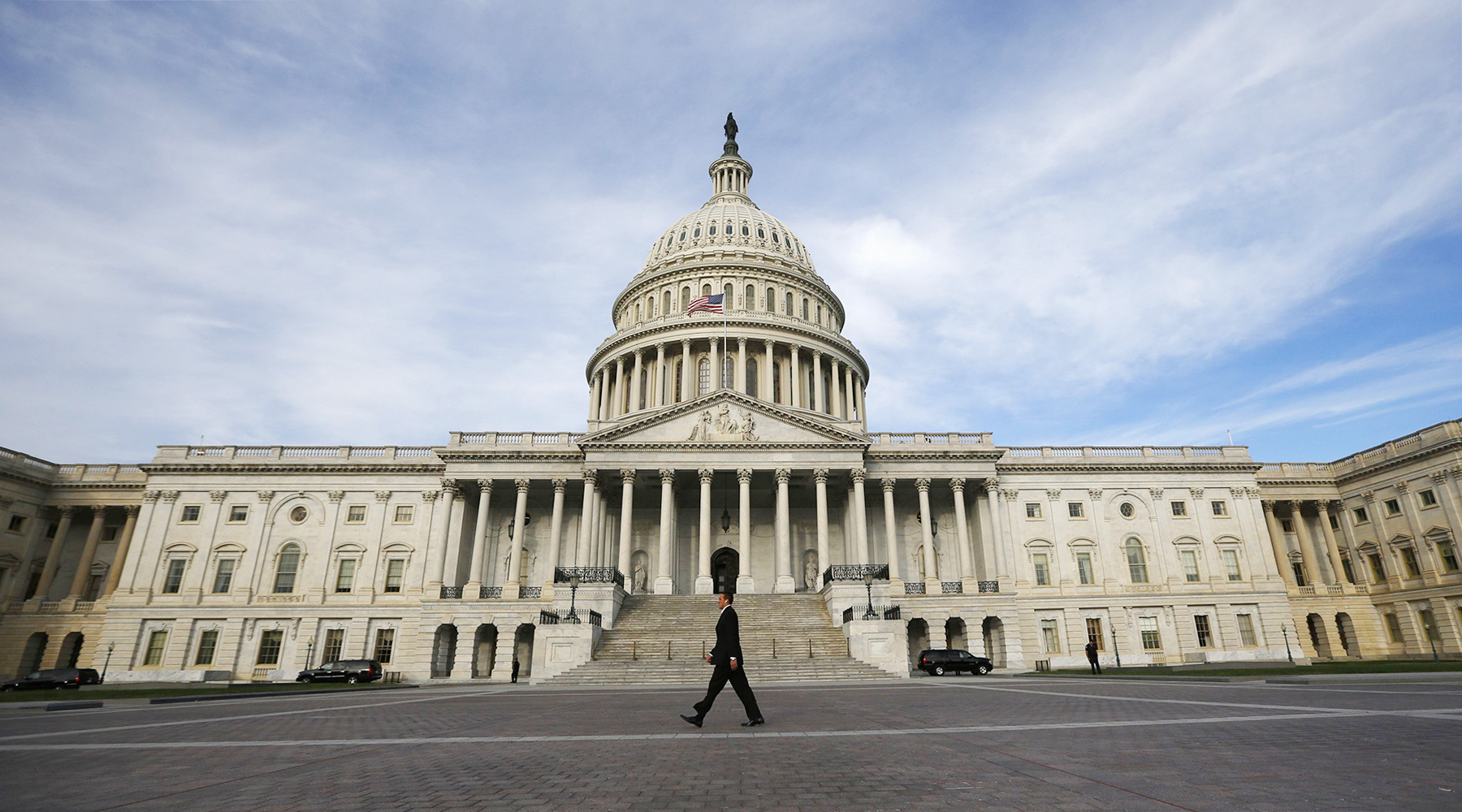From April to June 2020, the GDP of the United States decreased by 32.9% at once compared to the same period in 2019. This was announced on Thursday, July 30, by the Bureau of Economic Analysis of the US Department of Commerce.
“The decline in GDP in the second quarter reflects the response to the COVID-19 pandemic: restrictions on movement introduced in March-April were partially lifted in some parts of the country in May and June, households and businesses received benefits from the state in connection with the pandemic. As a result, there were rapid changes in economic activity: enterprises and educational institutions continued to work in a remote format, and consumers and enterprises refused to spend, ”the ministry said in a report.
According to the US National Bureau of Economic Research, as a result of the outbreak of COVID-19, a recession officially began in the United States in February 2020. Thus, the longest period of growth in the history of the American economy, which lasted ten and a half years, ended.
In the first quarter of 2020, US GDP contracted at a record rate over the past 12 years and sank 5%. Meanwhile, the fall in the second quarter was the largest for the entire period of observation, according to data from the Federal Reserve Bank of St. Louis.
“Households have sharply reduced consumption, the country's leading enterprises are massively reducing their staff, and the number of bankruptcies in companies in the first half of 2020 reached 3.43 thousand and is comparable to the same period in 2008 (3.49 thousand). At the same time, unemployment rates have risen to the levels of the Great Depression, "Pavel Sigal, vice president of the all-Russian public organization of small and medium-sized businesses" Support of Russia ", told RT.
According to data released on Thursday by the US Department of Labor, about 17 million Americans are currently receiving unemployment benefits in the country. At the same time, even on the eve of the crisis, the value was 10 times lower and amounted to 1.7 million.
“In recent years, the economy and consumption have been stimulated by cheap loans. When the economy almost came to a complete standstill, it turned out that many did not have a reserve of funds to survive the period when there were no turnovers, sales, profits and salaries. This is the reason for the huge spike in unemployment and queues for state benefits, ” added Sigal.
Note that the US government has already allocated about $ 3 trillion to support the economy. Moreover, in the near future, the corresponding amount may additionally grow. The chief analyst of TeleTrade Mark Goykhman spoke about this in an interview with RT.
“The complex of anti-crisis measures has become the largest in the history of the country. The funds were used to support medicine, business and direct payments to the population. Moreover, on July 27, the authorities proposed another package of measures totaling $ 1 trillion, "Goikhman said.
Moreover, at the end of March, amid the outbreak of the coronavirus, the US Federal Reserve announced an unprecedented expansion of its quantitative easing program. The regulator began printing dollars and buying government bonds in an unlimited amount on the stock market. Such a policy should lead to an increase in the money supply in the economy and help to increase the rate of GDP growth.
“It is known that the US Federal Reserve has already pumped $ 3 trillion into the country's economy. Probably, by the end of the year the Fed will print and introduce another $ 1.2-1.5 trillion into the financial system. In this case, the economic recovery can be relatively stable and without new disruptions, "Anna Bodrova, senior analyst at the Alpari information and analytical center, explained in an interview with RT.
- Reuters
- © Jason Reed
According to the forecast of Goldman Sachs specialists, already in the third quarter of 2020, the US GDP will demonstrate compensating growth and may add about 25%. As the expert of the Academy of Finance and Investment Management Ilya Zaporozhsky told RT, at the moment, economic activity in the country has already begun to recover faster than expected due to the positive dynamics of retail sales. At the same time, the authorities' stimulating measures increase the burden on the country's budget and threaten with an excessive increase in the national debt, analysts say.
In June 2020, the expenses of the American treasury exceeded revenues by $ 863 billion.For comparison, in June 2019, the figure was about $ 8 billion.Thus, over the year, the shortage of funds in the United States treasury has grown more than a hundred times. This is evidenced by data from the US Congressional Budget Office.
In addition, since the beginning of 2020, the debt of the American government has increased by almost $ 3 trillion, although previously the value grew by no more than $ 1.5 trillion a year. This state of affairs may slow down the further recovery of the US economy, says Mark Goykhman.
“The flip side of government support measures is the forced increase in the US budget deficit, which will grow to 20% in 2020. The national debt is also sharply rising, now amounting to about $ 26.6 trillion. These circumstances limit investors, cause additional costs, and also act as a factor in the weakening of the dollar and, in general, can impede further economic growth, ”the analyst concluded.

